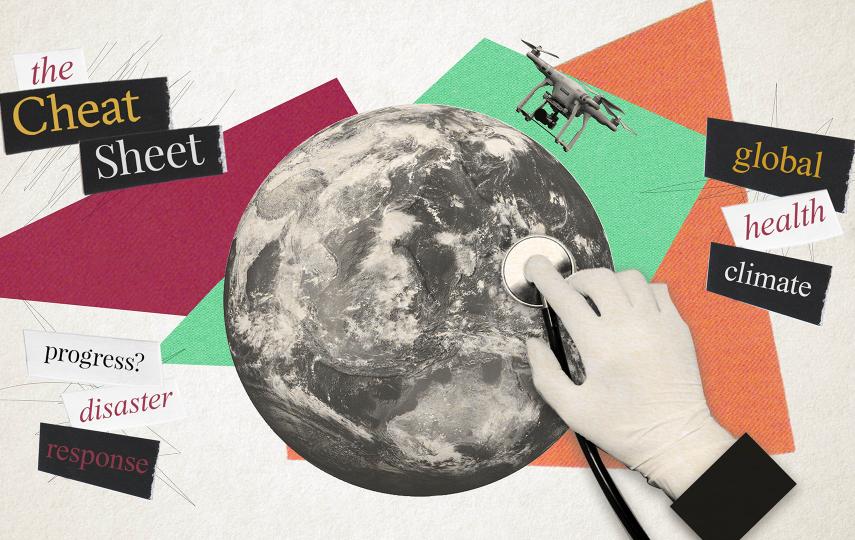Madagascar hosts 192 species of palms unique to the island. They are used by communities for constructing houses - providing both thatching and timber - as well for crafting everyday utensils and making medicines.
William Baker, chair of the IUCN’s palm specialist group and head of palm research at the Royal Botanic Gardens, in Kew, London, told IRIN that palm hearts are a “substantial” source of nutrition throughout the world.
“For people living in remote, rural communities, palm hearts are a highly valued food source - and they are free. I don’t know if there is a connection to declining sources of food, but in remote areas with inadequate soils or agricultural practices, palm hearts are an important supplement,” he said.
Palm hearts are low in fat, provide fibre, and are a source of protein, potassium, vitamin C, calcium, iron, magnesium, manganese and zinc.
Habitat loss
Poverty rates in Madagascar have been on the rise since 2009, when twice-elected president Marc Ravalomanana was deposed by Andry Rajoelina with the backing of the army. More than three quarters of the country’s 20 million people now live on less than US$1 a day, according to government figures, up from 68 percent before the coup d’etat. In rural areas, poverty rates are estimated at more than 80 percent.
Threatened and endangered
One species of palm, Ravenea delicatula is considered by IUCN to be “critically endangered”. It is “known from just one site, but the site is not protected and it is being threatened by local people clearing the forest to cultivate hill rice, and by miners looking for minerals and gems such as rubies.”
| Read more |
“The majority of Madagascar’s palms grow in the island’s eastern rain forests, which have already been reduced to less than one quarter of their original size and which continue to disappear,” Baker said.
“The figures on Madagascar’s palms are truly terrifying, especially as the loss of palms impacts both the unique biodiversity of the island and its people,” Jane Smart, IUCN’s biodiversity conservation global director, said in statement. “This situation cannot be ignored.”
The depletion of Madagascar’s palms is “likely to have a significant effect on an ecological network. Degradation of forests by logging and so on is a real problem for palms because they are vulnerable when establishing and most will germinate and mature only under a forest canopy,” Baker said.
go/rz
This article was produced by IRIN News while it was part of the United Nations Office for the Coordination of Humanitarian Affairs. Please send queries on copyright or liability to the UN. For more information: https://shop.un.org/rights-permissions





